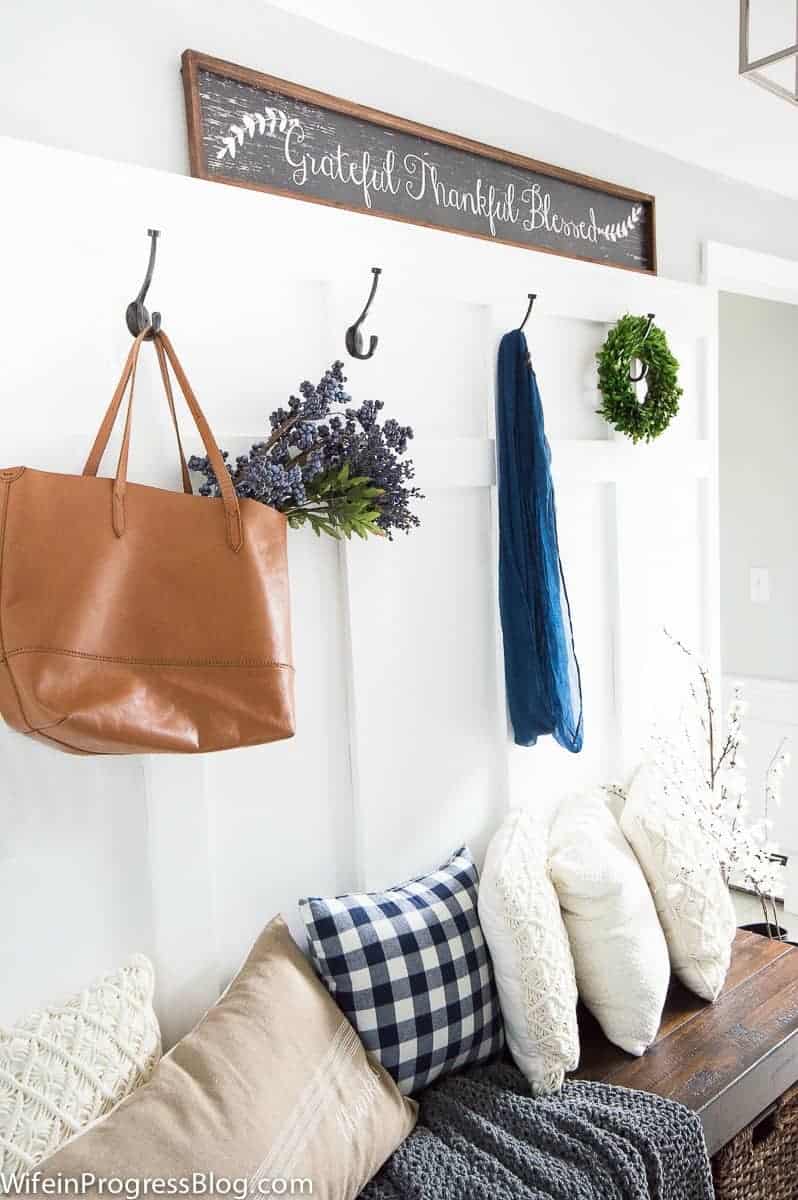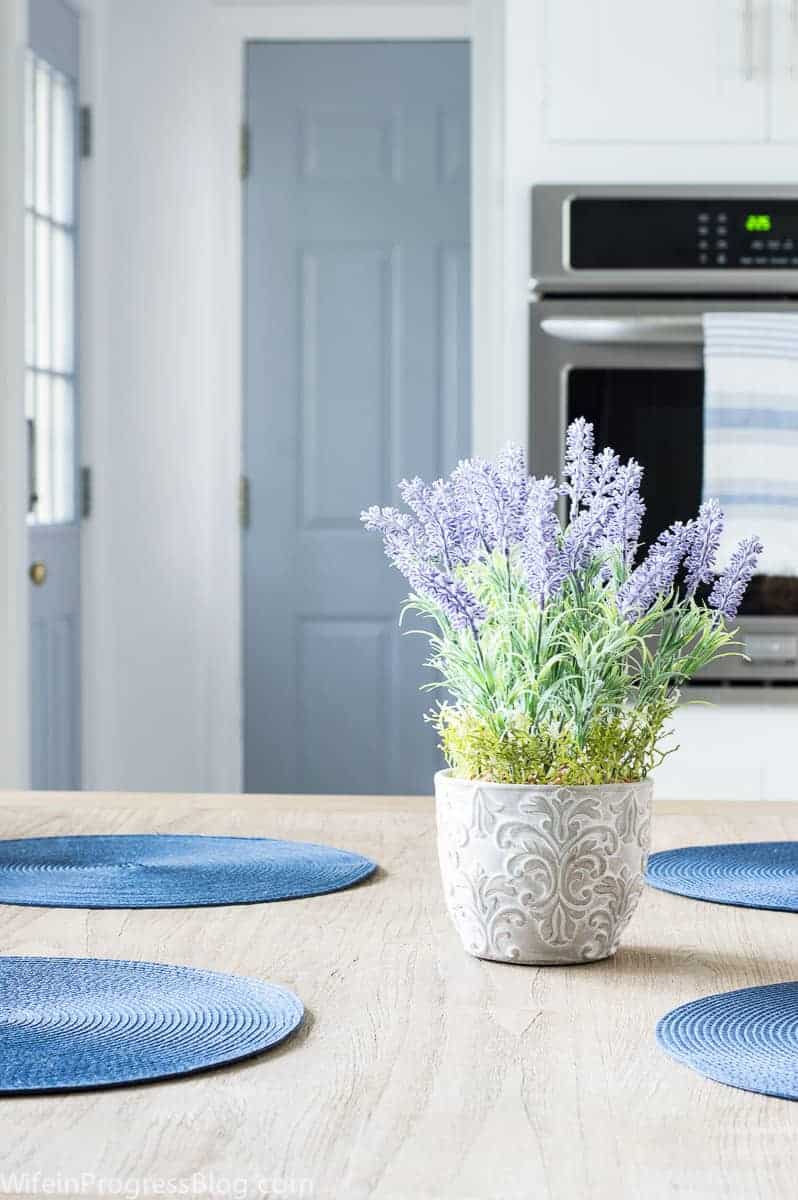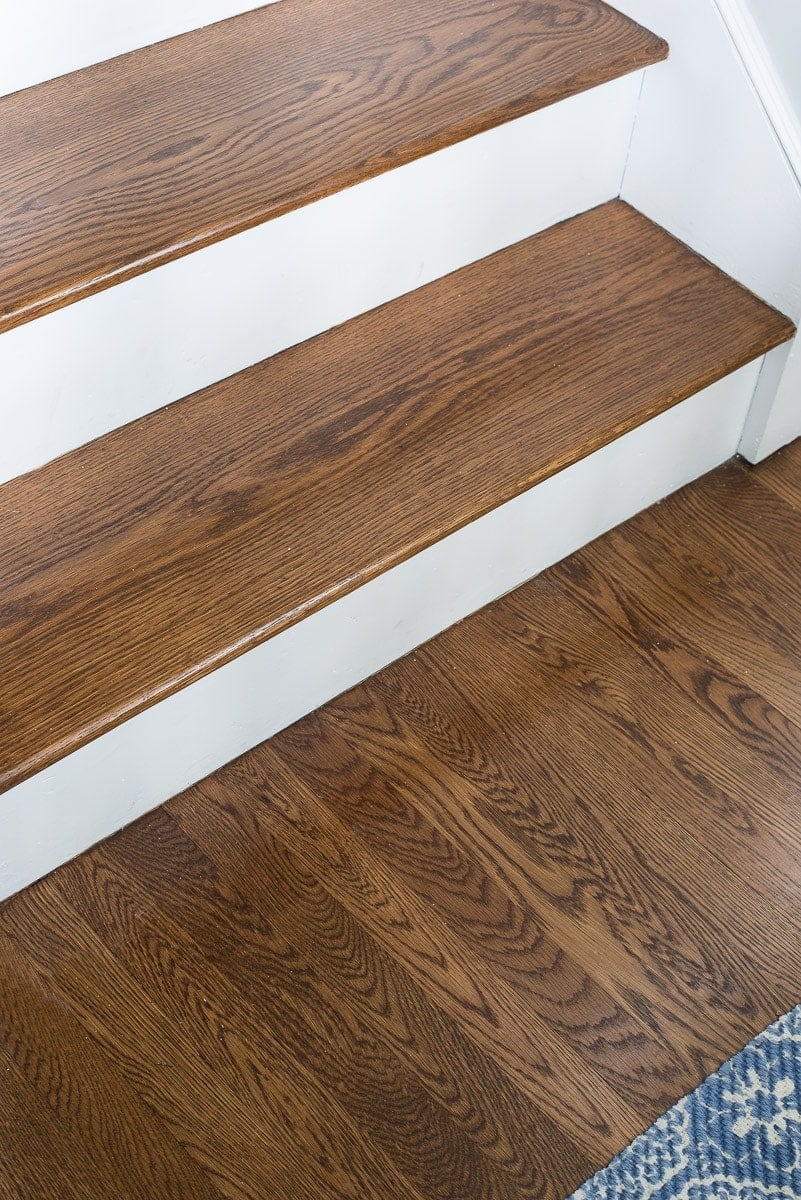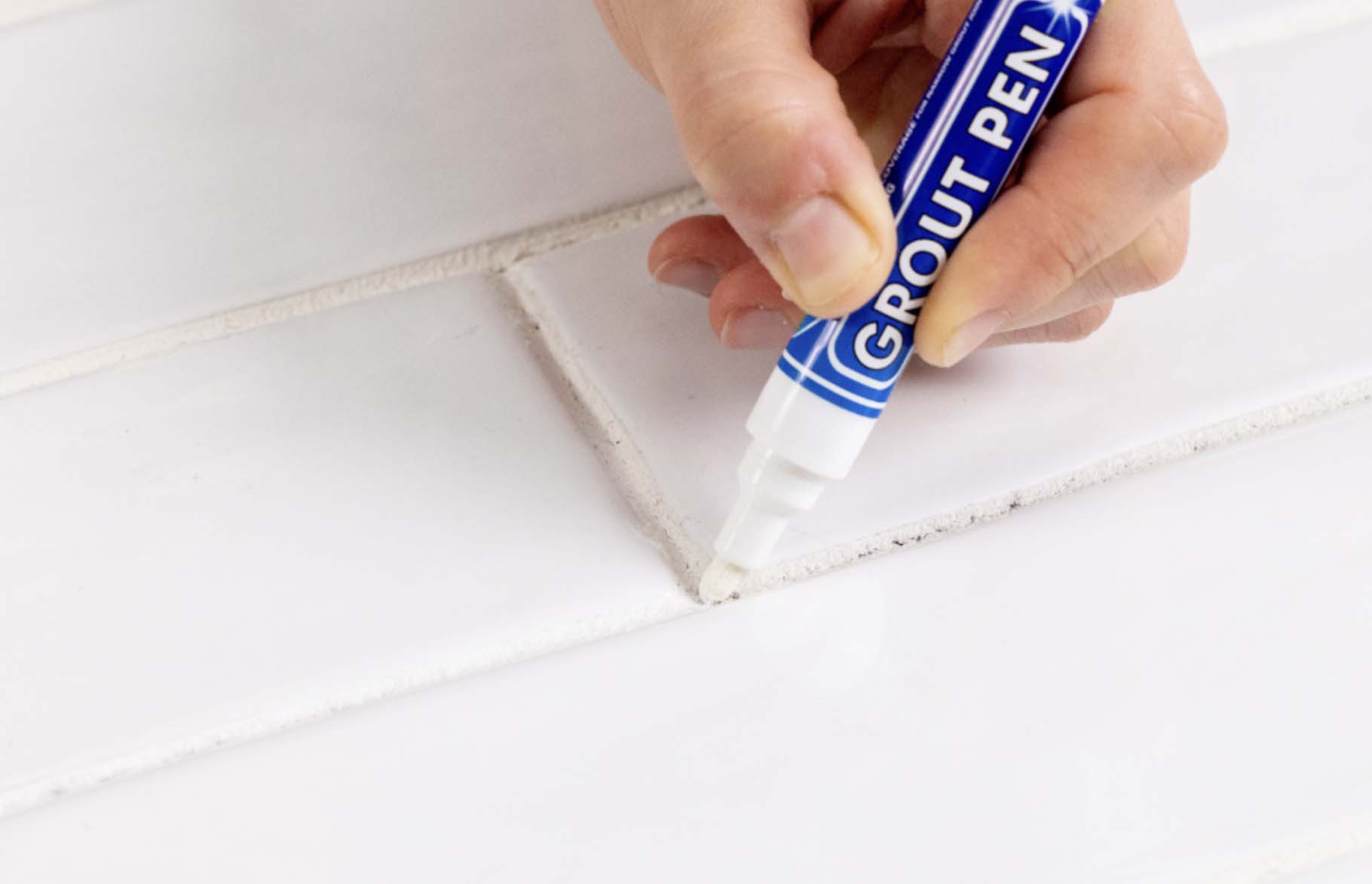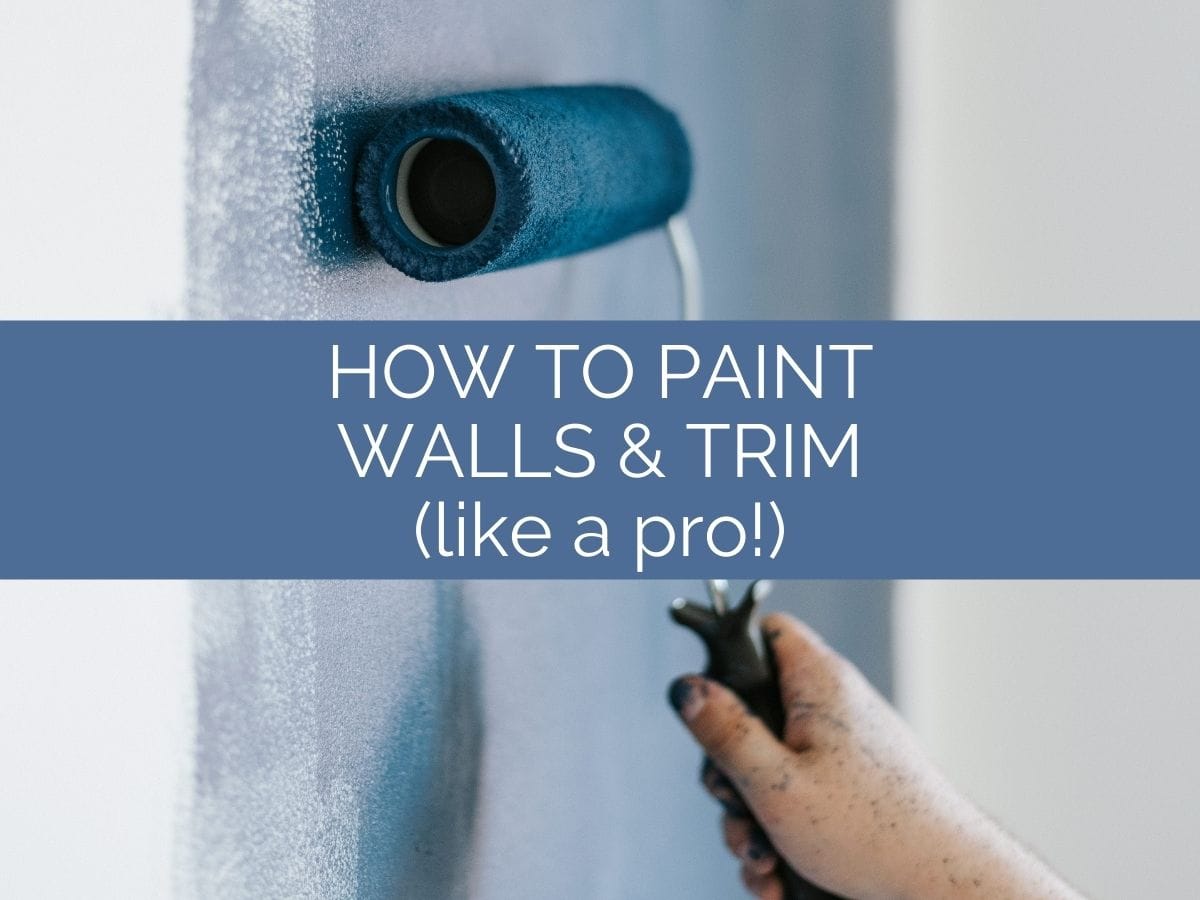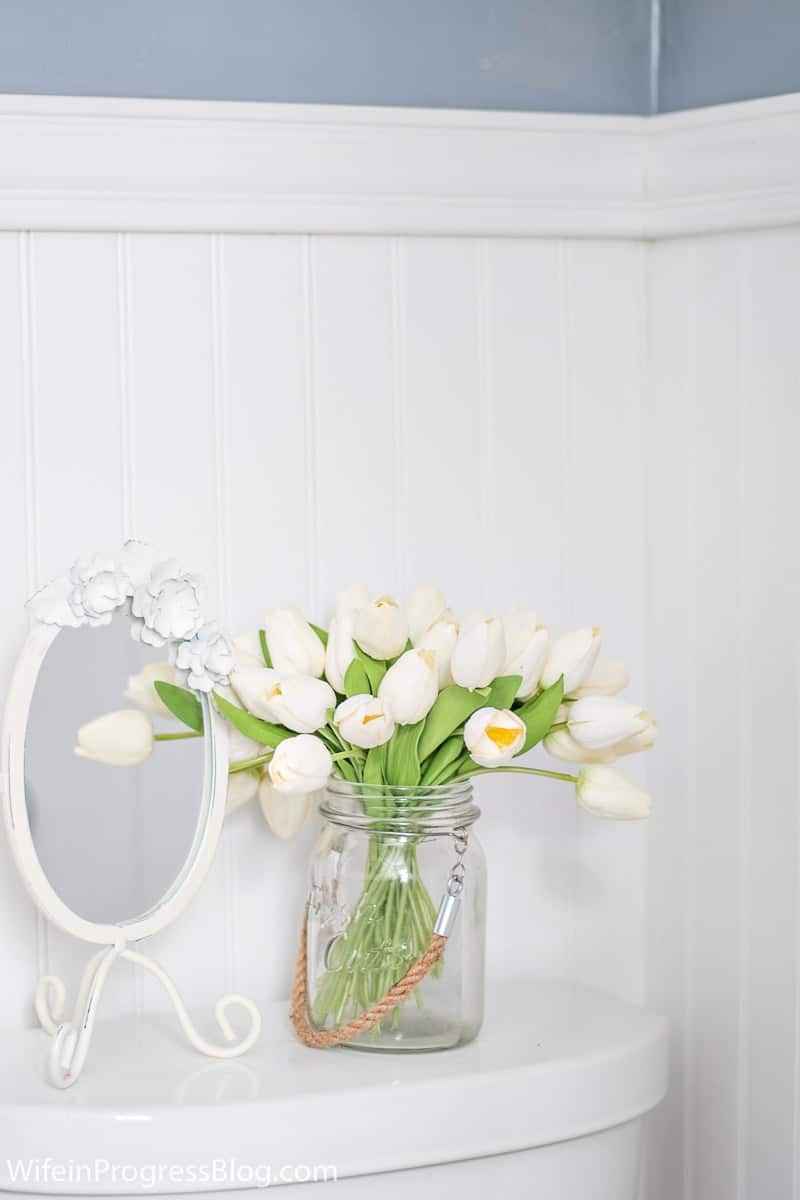Content may contain affiliate links. When you shop the links, I receive a small commission at no cost to you. Thank you for supporting my small business.
Repairing holes in drywall is a task that homeowners can often tackle with the right approach and a little patience. Whether you’re dealing with the aftermath of a doorknob’s impact or the relocation of shelving, you can tackle the job without professional help.
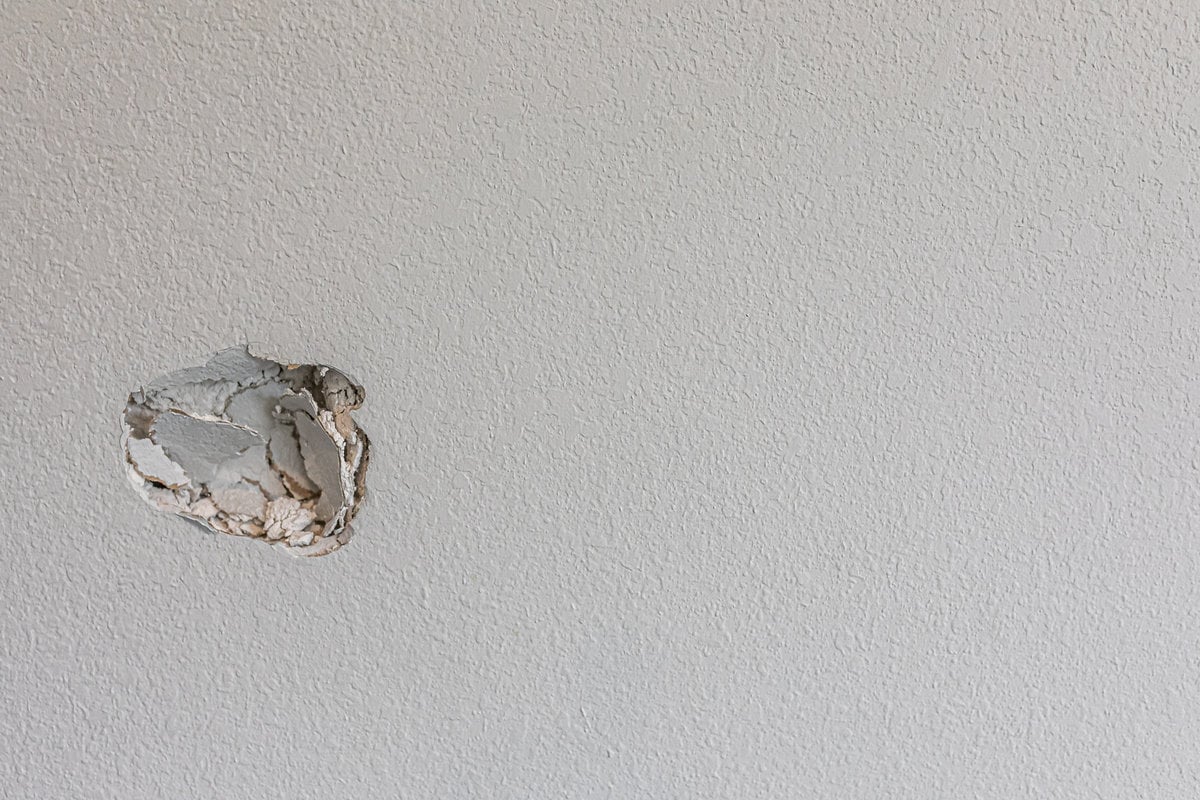
How to Repair Very Small Holes
For very small holes, such as those left by nails or screws, a simple coat of spackling can do the trick. Apply the spackling to the hole, smooth it out with a putty knife, and let it dry before sanding it flat. A touch-up with matching wall paint will make these minor blemishes virtually disappear.
For bigger holes (less than 3 inches in diameter)
For larger holes between 1 inch and 3 inches in diameter, I use the Eclipse® Rapid Wall Repair Patch from DAP, which allows holes to be repaired without spackling or sanding.
Plus, I can paint right over them without worrying flashing or the need for a coat of primer first.
If you try to repair anything more than a small nail hole with spackle (and do it quickly), it will ALWAYS be noticeable. These patches result in a completely unnoticeable patch job.
How to Repair a Hole in the Wall with a DAP Eclipse Patch
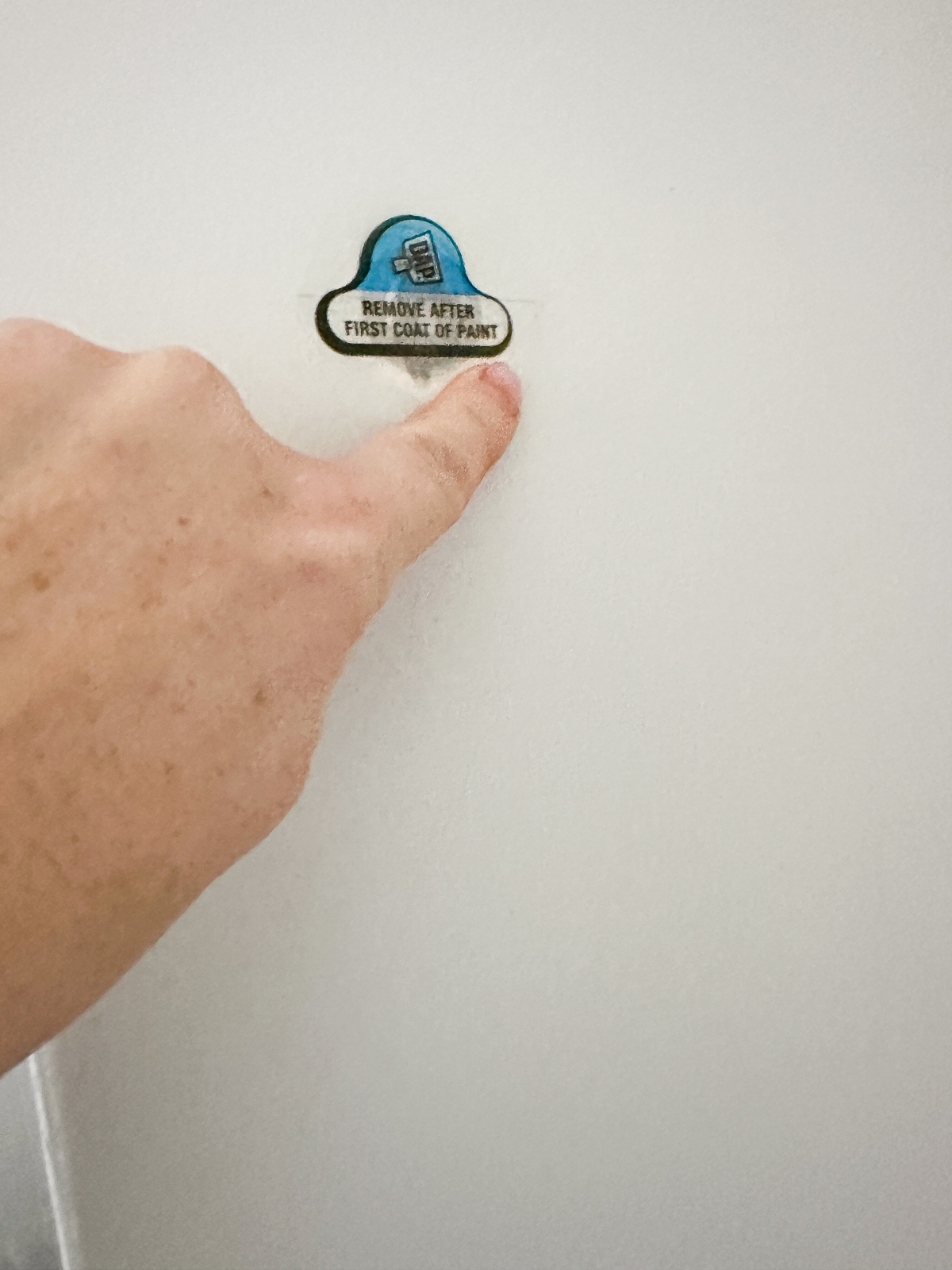
- Determine the size of the hole
- Choose the Eclipse patch that covers the hole
- Stick the patch on, ensuring the gray circle is visible outside of the hole. Remove any air bubbles by smoothing the patch to the wall with your finger. Do not press into the hole, just smooth out the edges.
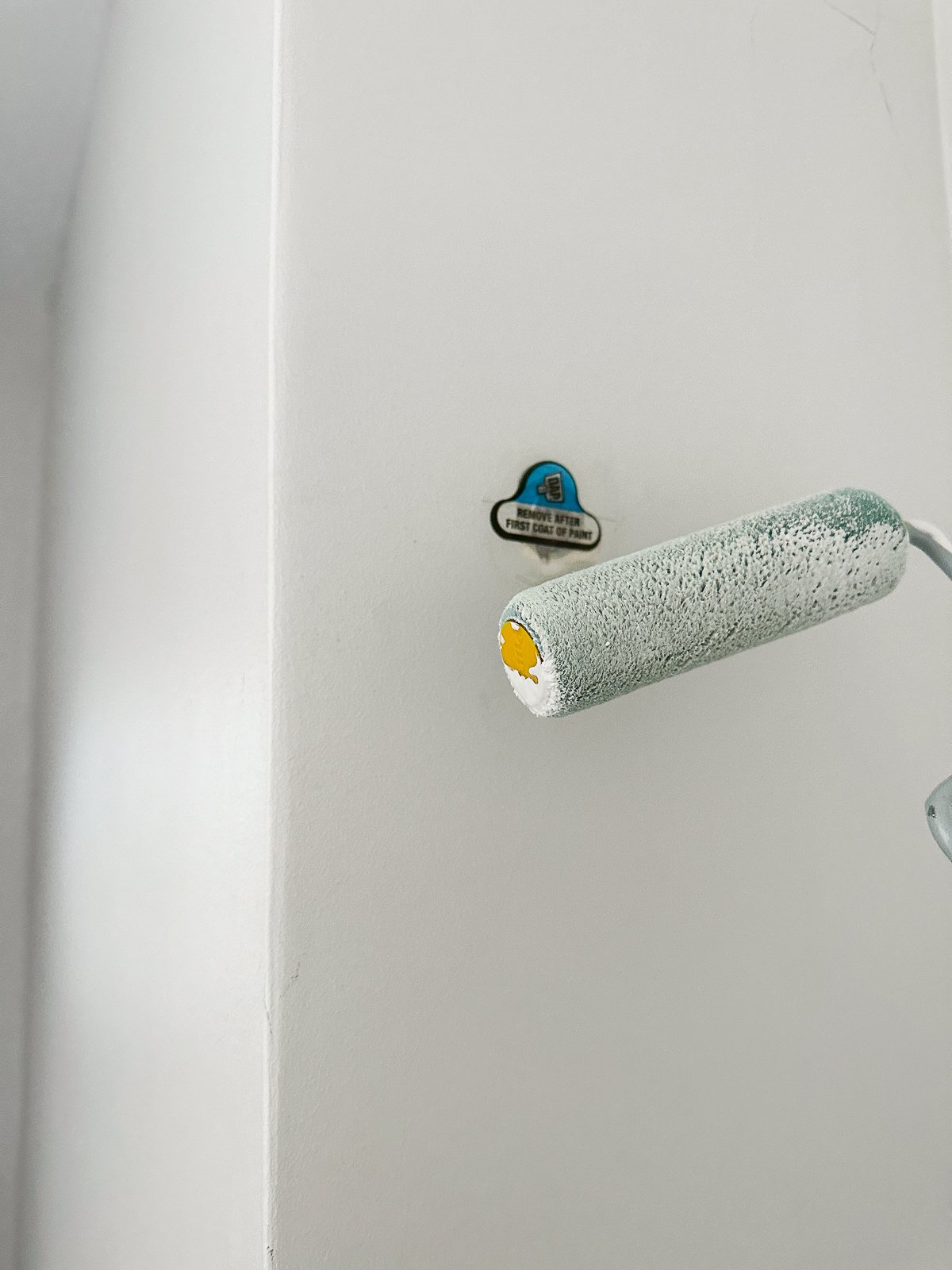
4. Apply a coat of paint. Allow the paint on the surrounding wall to dry.
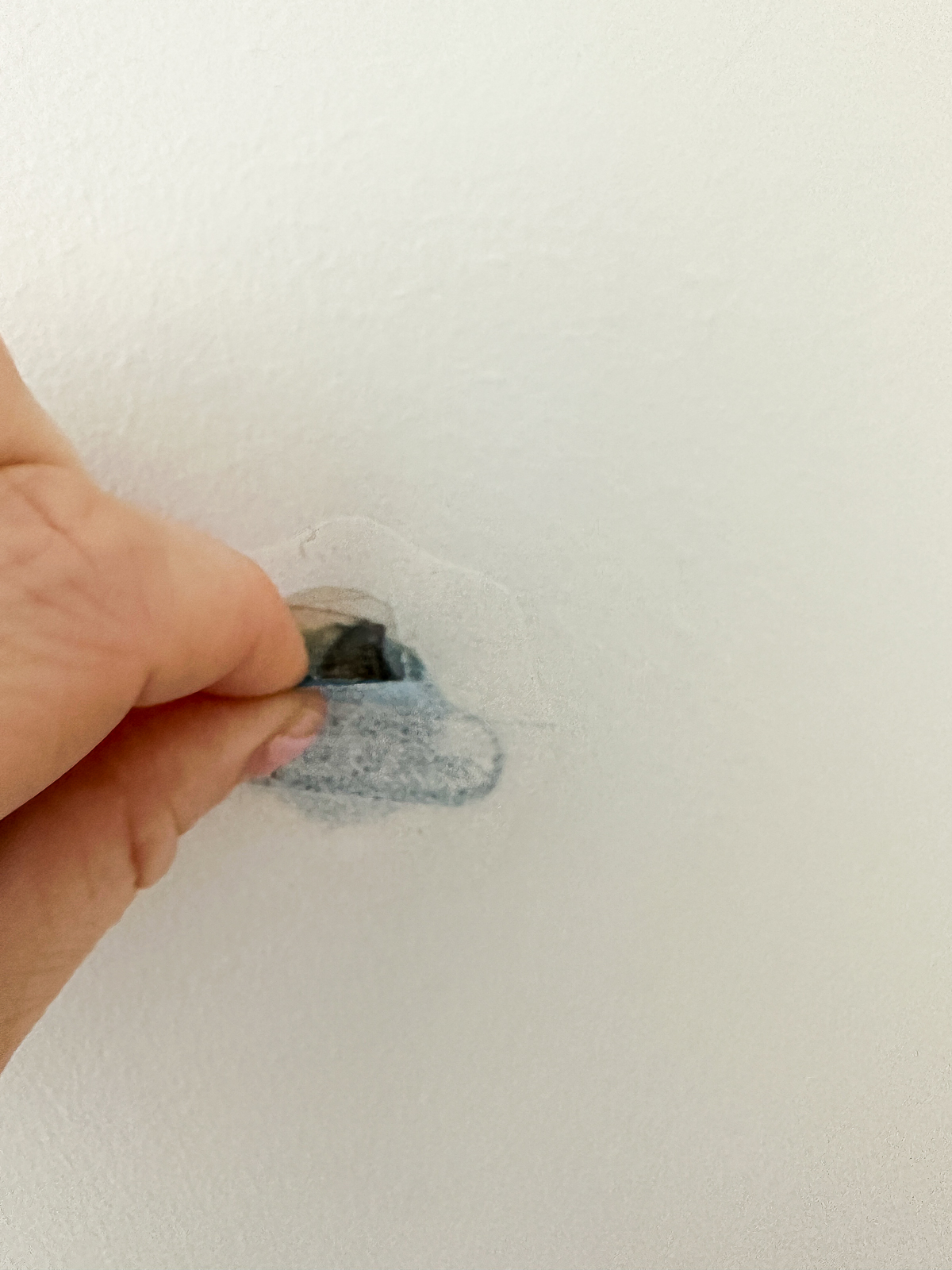
5. Once dry, pull the tab up and away.

6. Apply 2 – 3 more coats of paint to ensure the hole is completely covered.
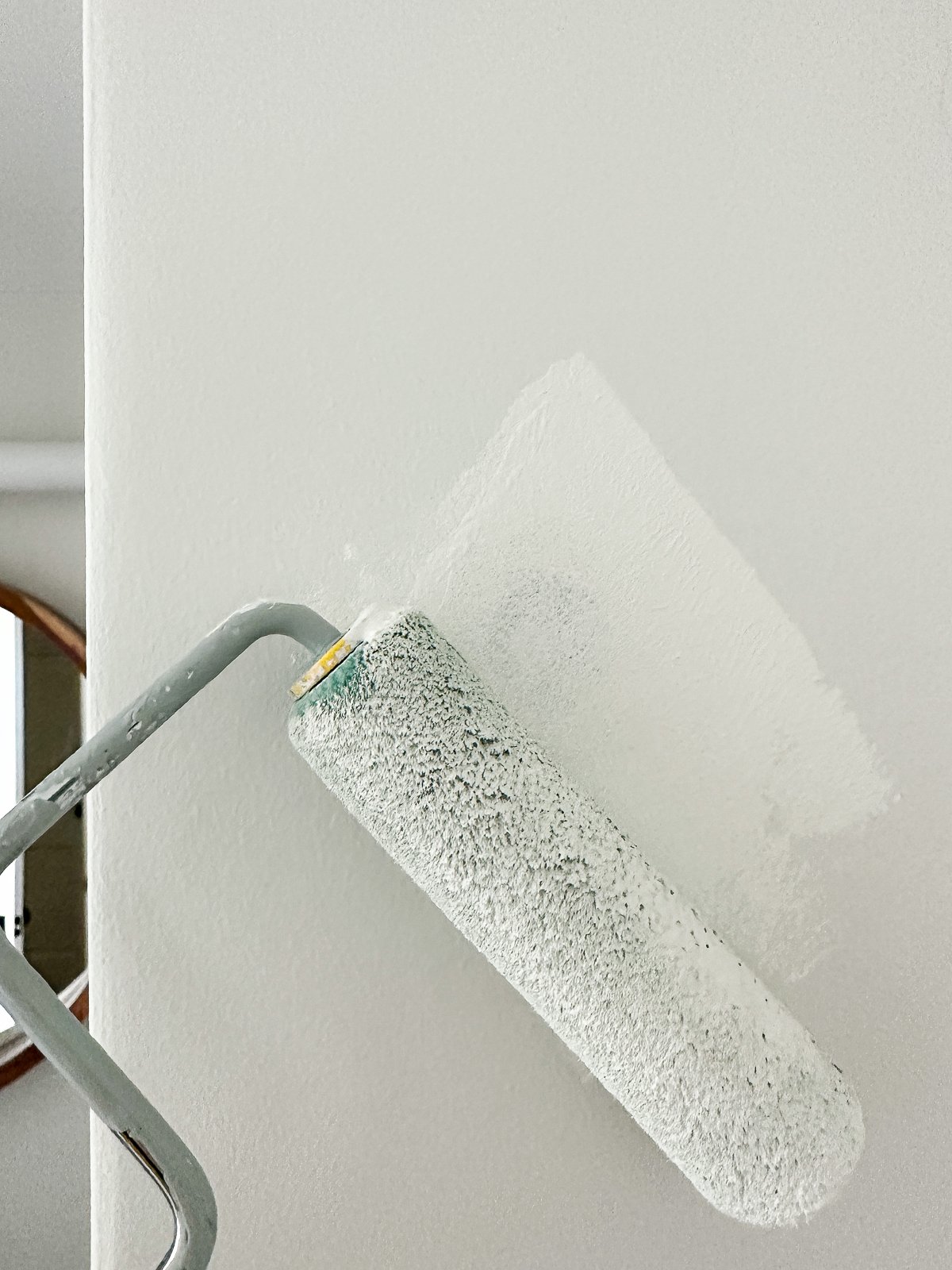
These extra coats of paint will be the difference between a visible repair job and one that blends seamlessly into the wall.
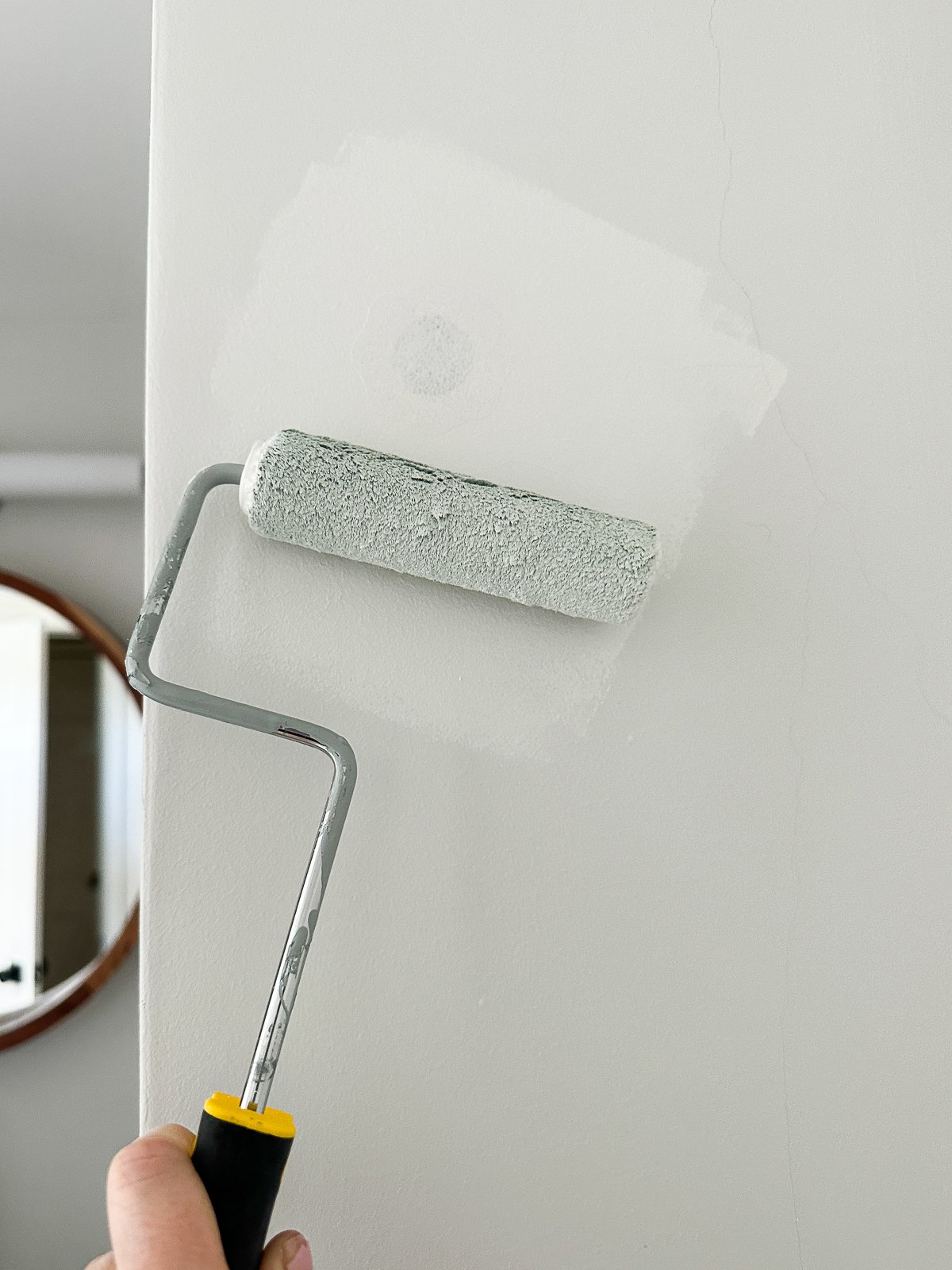
With the patch in place, the benefits of the DAP Eclipse become clear:
- No need for spackle or sanding, making it a clean, straightforward application.
- The patch is four times stronger than the existing drywall, providing excellent impact resistance.
- You can paint immediately over the patch for a quick finish.
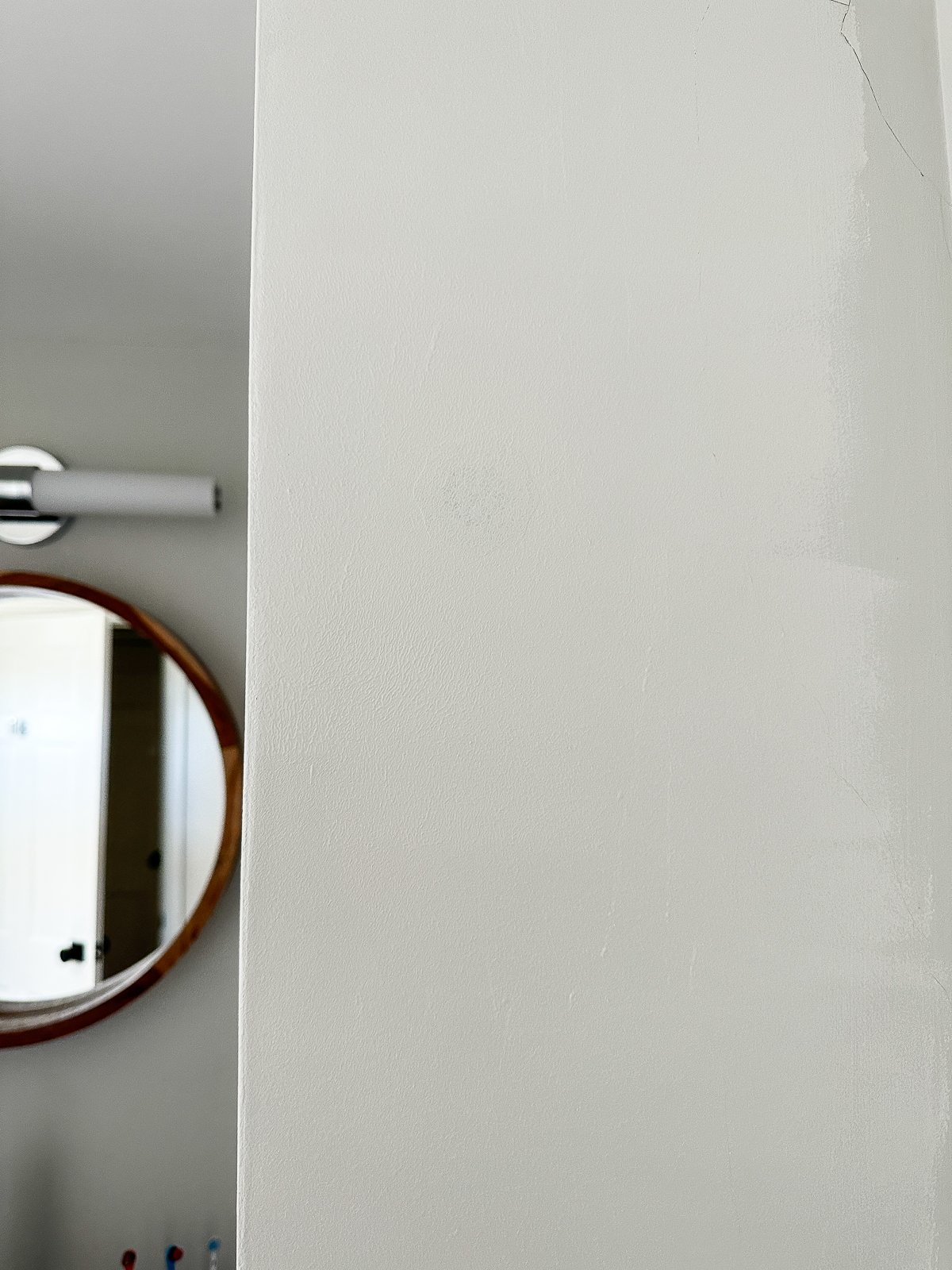
Notice the difference in the second coat of paint (above) versus the final, third coat of paint (below).z
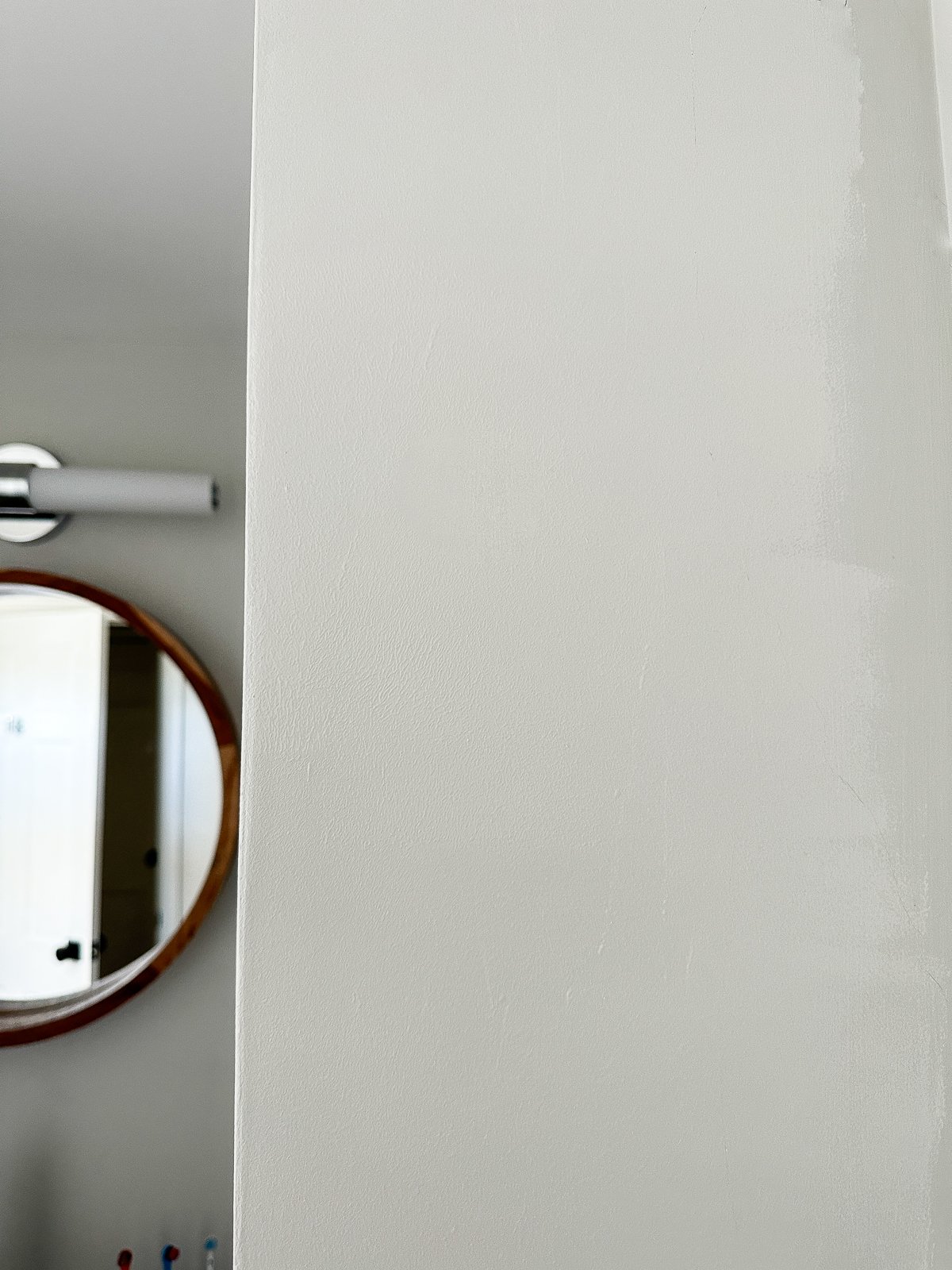
How to Fix Large Holes
Unfortunately, much larger holes will require a bit more effort to fix in order for the job to look seamless.
You’ll need:
- drywall saw/knife
- joint compound
- piece of sheetrock
- compound spatula
- joint tape
- paint
- sand paper
- drywall screws
- scrap wood
- sponge
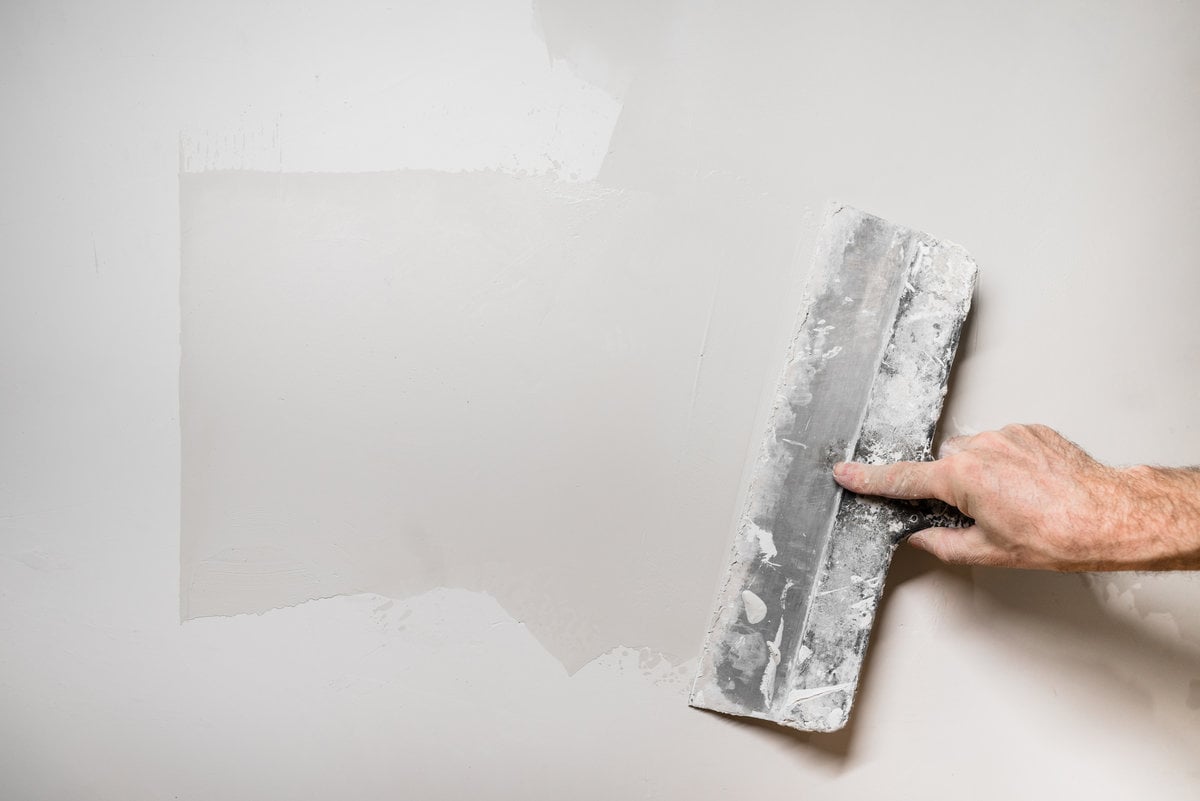
Instructions
- Use a drywall saw to clean up the hole into a neat square.
- Cut a new piece of drywall to fit the hole snugly.
- Secure the new piece with drywall screws to a wooden backing placed inside the hole.
- Tape the seams and cover with joint compound. Do one layer, let it dry, sand, then wipe with a damp sponge.
- Repeat until it looks even and you can no longer see the hole.
- Paint.
Considerations for Professional-Looking Results
Achieving a professional look is all about the details. Here’s how to ensure the best possible outcome:
- Use high-quality paint and a roller to blend the patch into the existing wall.
- For best results, paint the entire wall for a consistent finish.
Whether you opt for the efficiency of DAP Eclipse patches or traditional repair methods, fixing drywall holes is a manageable DIY project. By understanding the damage and choosing the right repair method, you can restore your wall to its original state with minimal fuss. Remember to follow the manufacturer’s instructions for materials like spackle, joint compound, or texture spray to ensure a lasting repair

